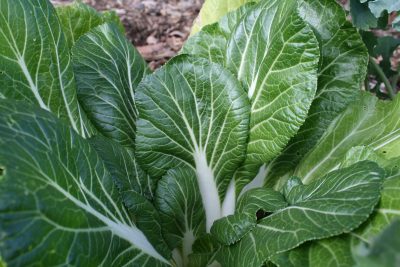My bluebonnets are coming up. How do I care for them in winter?
Thanks to Jean Warner for this great question and to Sara Robertson for her fabulous picture! Jean’s bluebonnet plants are up and vigorously growing. She’d like to know if freezing temperatures will be a concern. What else can she do for good flowers this spring?
Most of our wildflowers sprout in the fall and spend their winters as rosettes, which are plants with shortened stems that grow very close to the ground, but not towards the sky. This strategy allows them to survive and even thrive through the worst cold that Central Texas can throw at them, so they shouldn’t be at all damaged by freezing temperatures or even snow.
The MAIN THING to do to ensure their survival is to water them when rain doesn’t come. Bluebonnets and some other wildflowers are annuals. They will only flower and set seed once. If they wither from lack of moisture, you’ll lose your spring flowers and the seeds for next year.
Depending on your soil type and the amount of natural rainfall we get, and also how sunny we are, you might need to water as much as once a month on clay soils, or a couple of times a month on really well-drained soil, rocky soils. But if we have a cool, cloudy winter, with even one or two rainfall events, you may not need to water at all. If you do water your wildflower areas, be sure to give them a deep, thorough soaking.

 Annie Gillespie
Annie Gillespie Don Gardener
Don Gardener Daphne Richards
Daphne Richards
 John Dromgoole
John Dromgoole